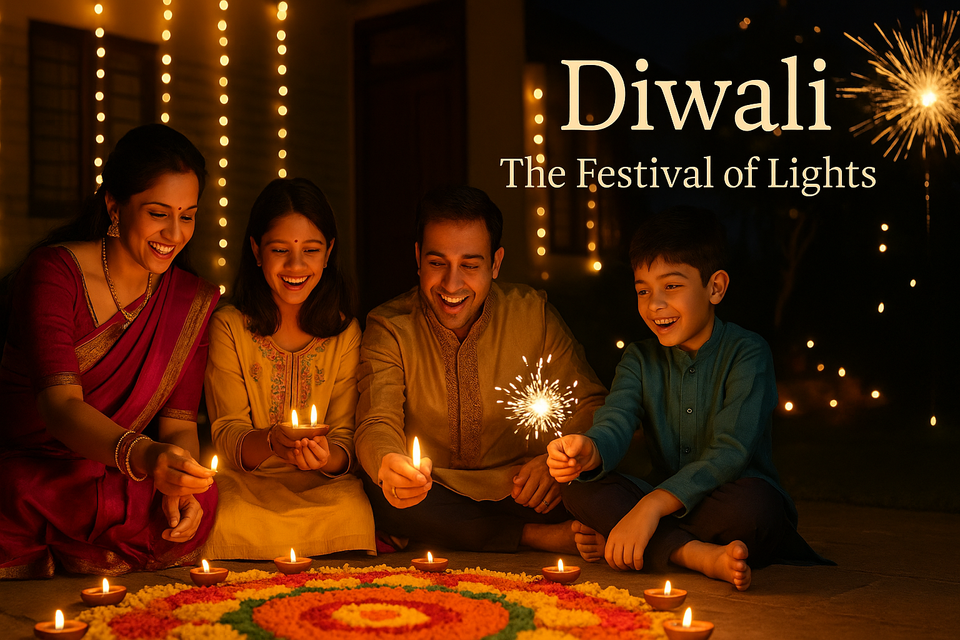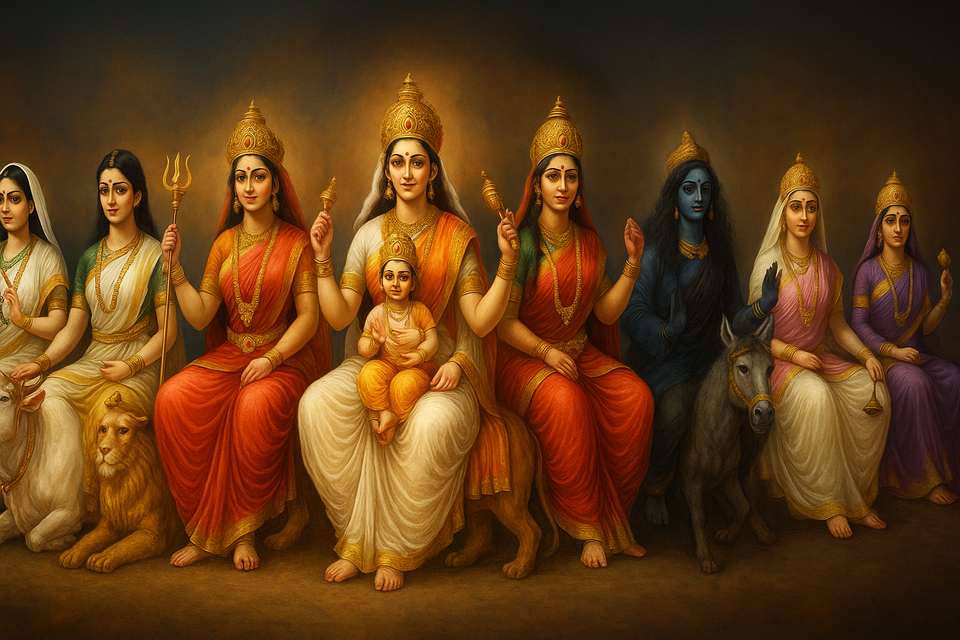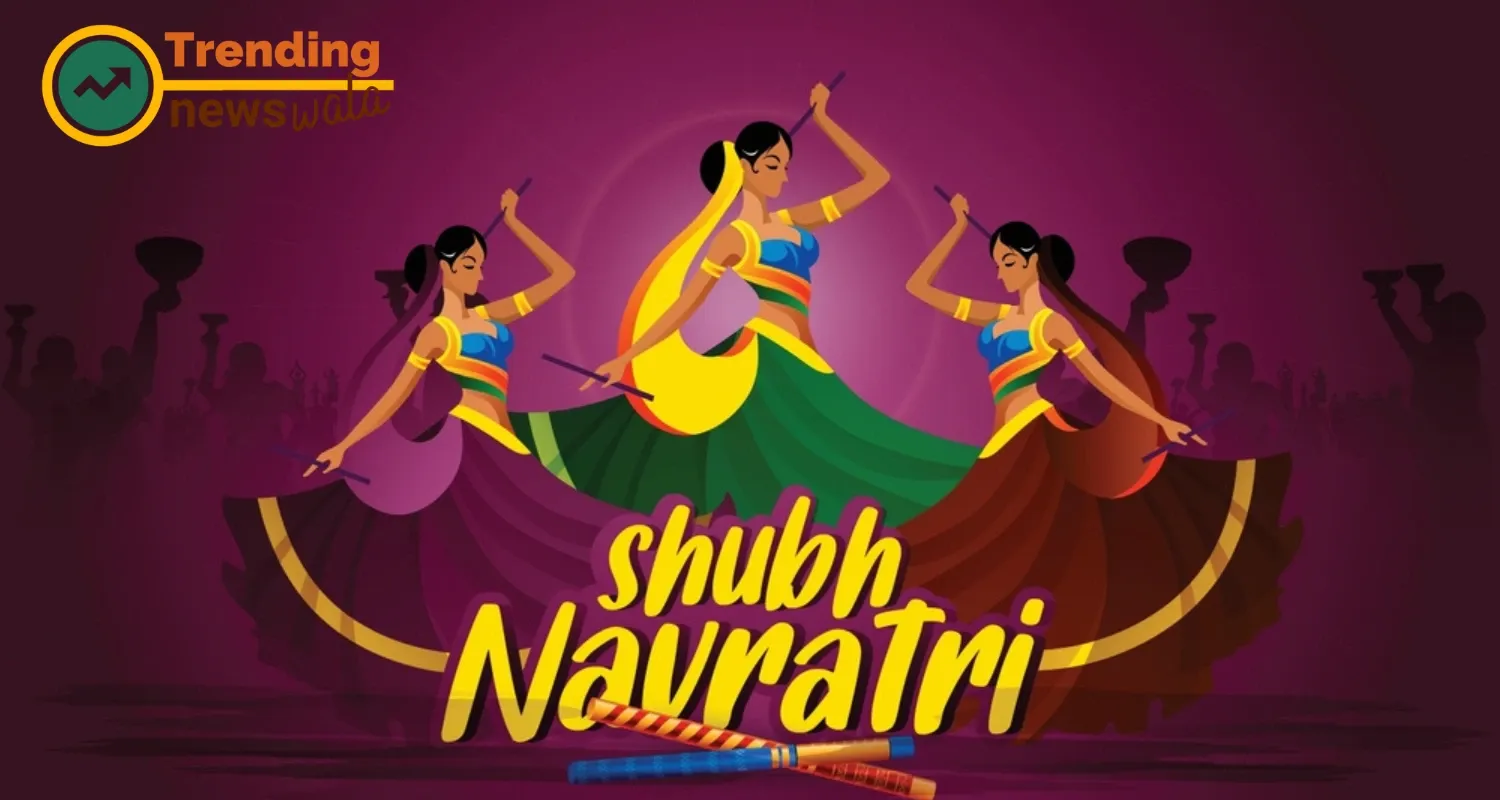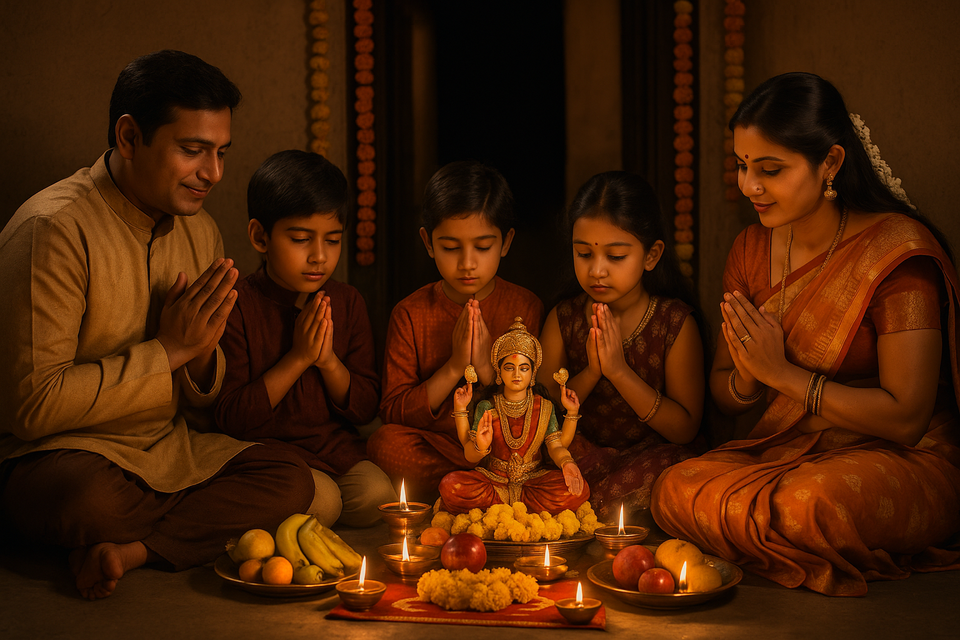🔥 Lohri Festival: A Celebration of Harvest, Joy, and Traditions
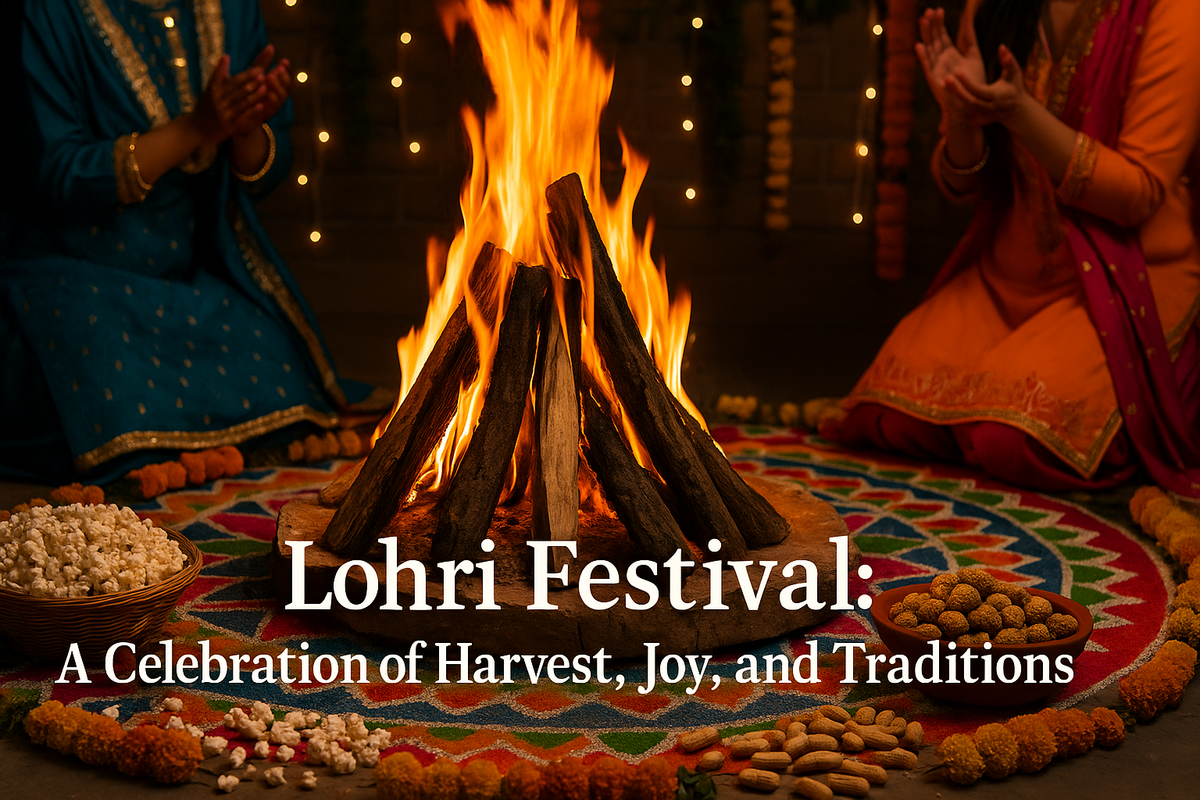
Lohri is one of the most cherished festivals in India, particularly in the northern states like Punjab, Haryana, Himachal Pradesh, and parts of Delhi 🌾🔥. Celebrated every year on January 13th, Lohri marks the end of winter and the beginning of longer days as per the Hindu solar calendar.
It is much more than a bonfire celebration — Lohri is a vibrant tribute to nature’s bounty, agricultural prosperity, and the rich cultural heritage of India 🪔.
🌾 Historical and Cultural Significance of Lohri
The festival has deep-rooted historical, agricultural, and mythological significance:
Agricultural Importance: Lohri celebrates the harvest of Rabi crops, especially sugarcane, making it a farmers' festival 🌿.
Seasonal Change: It marks the sun's northward journey towards the Uttarayan (Makar Sankranti), bringing longer and warmer days ☀️.
Mythological Legends: Several folklores are associated with Lohri, such as:
The story of Dulla Bhatti, a Punjabi hero who saved girls from being sold into slavery 🛡️.
The festival is also linked with ancient winter solstice rituals, focusing on fire worship 🔥.
The importance of seasonal festivals like Lohri reflects India's age-old tradition of nature worship, a theme beautifully captured in Ancient Festivals of India 📜.
🎶 How Lohri Is Celebrated: Traditions and Rituals
1. 🔥 The Bonfire: The Heart of Lohri
People gather around a large bonfire, throwing sesame seeds (til), popcorn, gur (jaggery), and rewri into the flames while singing traditional songs 🎶.
The fire represents the energy of the sun, and the offerings symbolize gratitude for a bountiful harvest 🙏.
2. 💃 Dance and Music
Bhangra and Gidda performances light up the festivities 💃🕺.
Dhol beats and traditional folk songs add rhythm to the night 🎵.
3. 🍬 Traditional Foods
Special dishes enjoyed during Lohri include:
Sarson da Saag and Makki di Roti 🥘
Gajak, Til Ladoo, Peanuts, and Popcorn 🍭
4. 👶 Special Celebrations for Newborns and Newlyweds
Lohri holds special significance for families with:
A newborn baby 👶
A newly married couple 💑
Families celebrate with extra zeal, distributing sweets and organizing grand functions 🎊.
🧡 The Spirit of Togetherness
Lohri is all about:
Strengthening community bonds 🧩
Celebrating love and prosperity 💖
Sharing blessings and laughter across generations 🎈
This spirit of unity and family bonding during Lohri resonates with the bonds celebrated in Raksha Bandhan, where brothers and sisters renew their vows of protection and affection 🌟.
🛕 Religious and Regional Aspects of Lohri
While Lohri is largely a cultural festival, it often blends with religious observances:
Some Hindus perform Puja rituals around the fire 🔥.
Sikhs visit Gurdwaras and participate in communal prayers and Langar (community meals) 🛐.
Different regions celebrate Lohri with slight variations, but the central themes of harvest, fire worship, and communal joy remain constant 🧡.
🛤️ Connection Between Lohri and India's Ancient Traditions
The tradition of celebrating seasonal changes and agricultural abundance can be traced back thousands of years in India. Festivals like Lohri, Makar Sankranti, and Pongal represent humanity's deep connection with nature, as elaborated in Ancient Festivals of India 📖.
🏡 Modern-Day Celebrations of Lohri
Today, Lohri is celebrated not just in villages but also in cities across India and the world 🌍. NRIs (Non-Resident Indians) bring the flavor of Lohri to countries like:
Canada 🍁
United Kingdom 🇬🇧
United States 🇺🇸
Australia 🇦🇺
Apartment complexes, offices, and cultural societies organize community Lohri celebrations, complete with bonfires, traditional songs, and festive foods 🎶🔥.
🥳 Importance of Lohri for Farmers
For Indian farmers, Lohri is particularly significant:
It celebrates the fruits of their hard work 🌱.
It marks the beginning of the most profitable season.
It’s a time to pray for future harvests and prosperity 🙏.
The festival emphasizes gratitude towards Mother Earth, another recurring theme in ancient Indian traditions 🌍.
🎯 Fun Facts About Lohri
The word "Lohri" is believed to have derived from "Til" (sesame) and "Rorhi" (jaggery) — two of the main festival foods 🍯.
In Punjab, a Sundar Mundriye song is sung by children, going house-to-house asking for Lohri gifts 📜.
Lohri is sometimes called the "Punjabi Thanksgiving" because of its focus on gratitude 🌾.
🏆 Role of Dulla Bhatti in Lohri Celebrations
One cannot talk about Lohri without mentioning Dulla Bhatti, the "Robin Hood of Punjab." His bravery and acts of saving girls from being sold into slavery are immortalized in Lohri songs.
Children and adults sing: "Sundar mundriye ho!"
"Dulla Bhatti wala ho!" 🎤
His legendary status adds a heroic layer to the festive spirit 🦸♂️.
🧠 Why Lohri Is Important for Future Generations
In today’s fast-paced world, celebrating Lohri:
Connects youngsters with Indian culture and traditions 🧵.
Teaches the value of community celebrations.
Instills gratitude for nature’s gifts and environmental consciousness 🌿.
🌟 Conclusion: Celebrating Light, Life, and Legacy
Lohri is not just about lighting a bonfire — it is about igniting joy, gratitude, and unity 🔥✨. It teaches us to celebrate nature’s gifts, honor our cultural roots, and cherish the warmth of family and community 🧡.
As the fire crackles and the songs echo under the starlit sky, Lohri reminds us that even in the coldest times, human spirit and hope can burn bright 🔥🌌.
Let's celebrate this beautiful festival with open hearts, just as we do with bonds like Raksha Bandhan and cherish the legacy of our Ancient Festivals of India 🌟.

